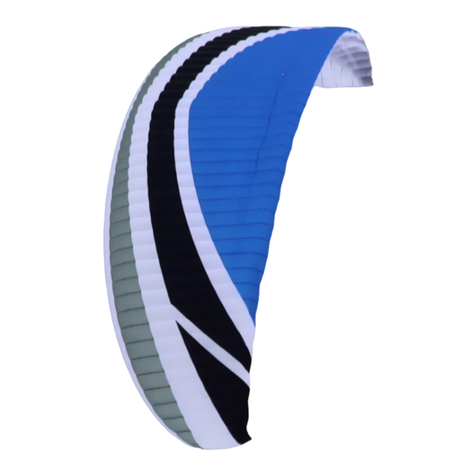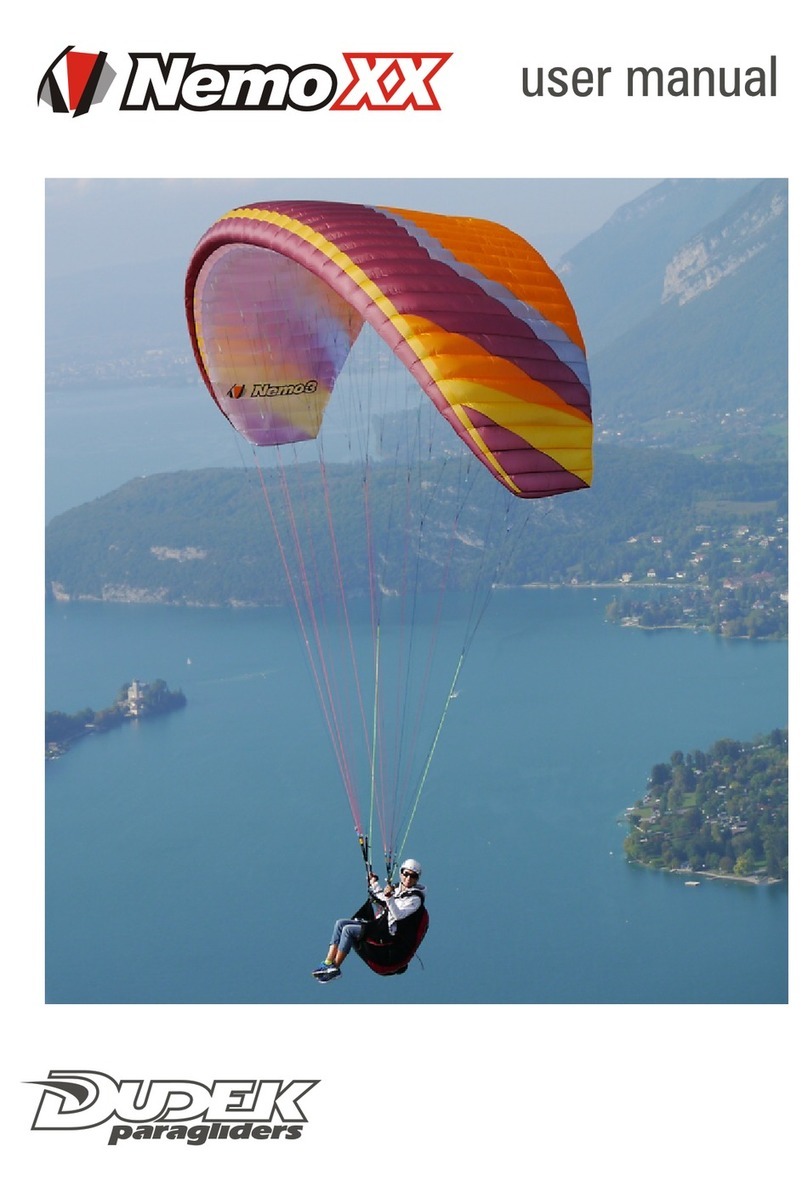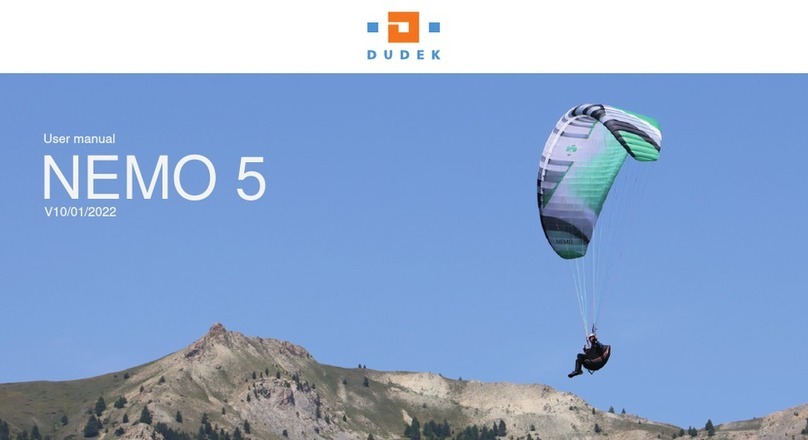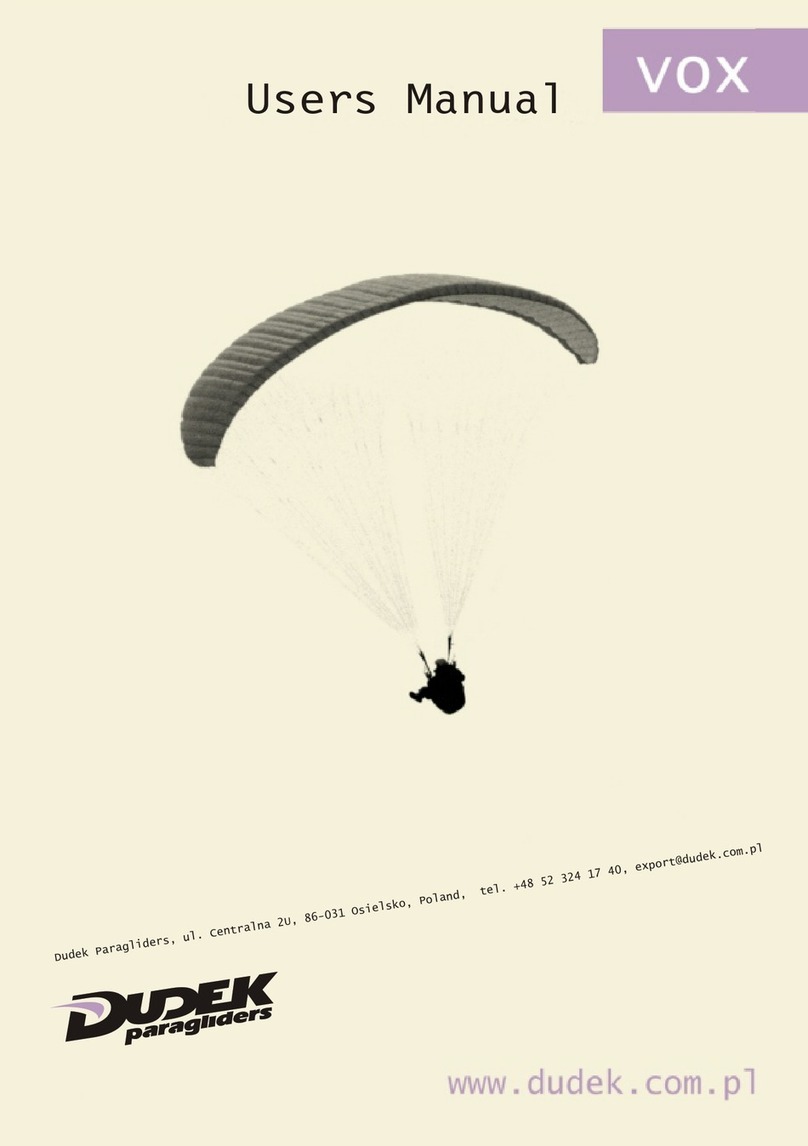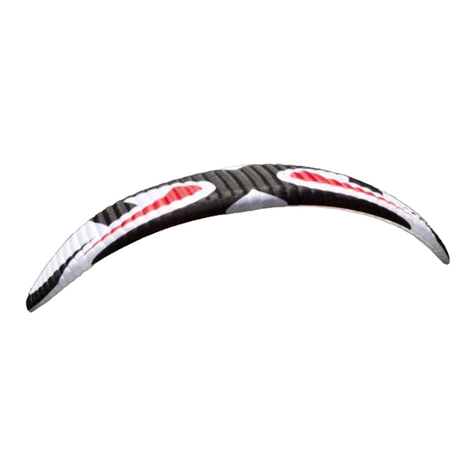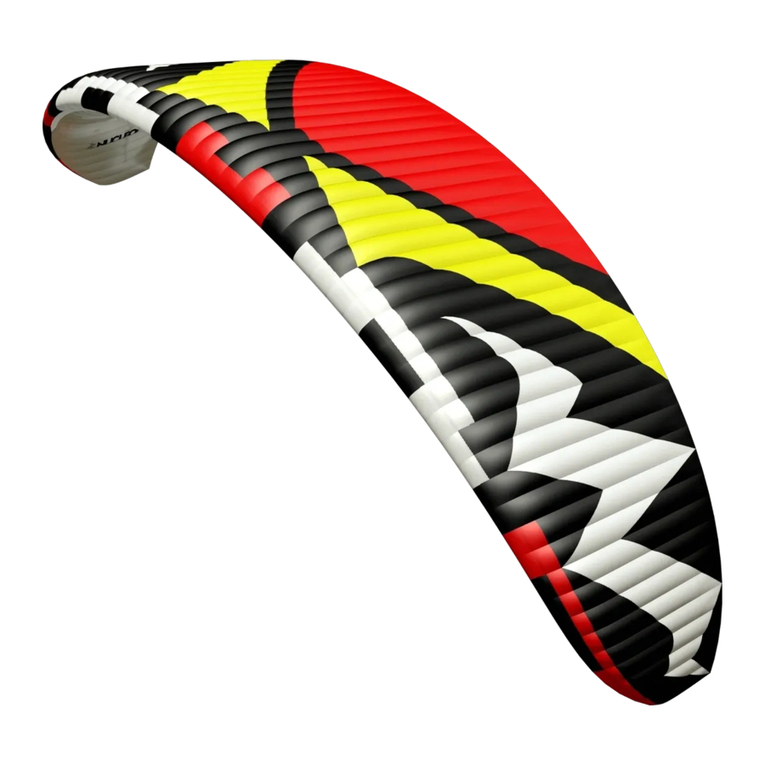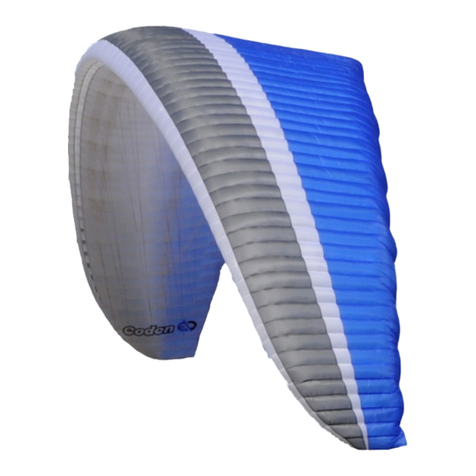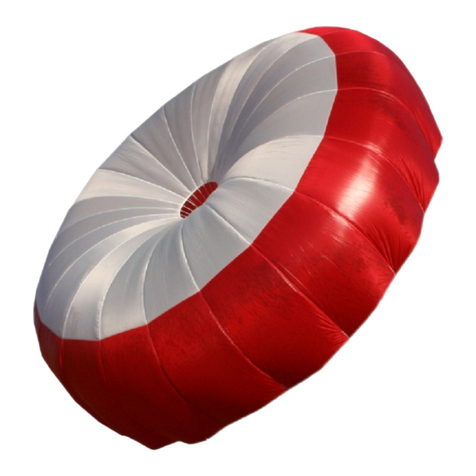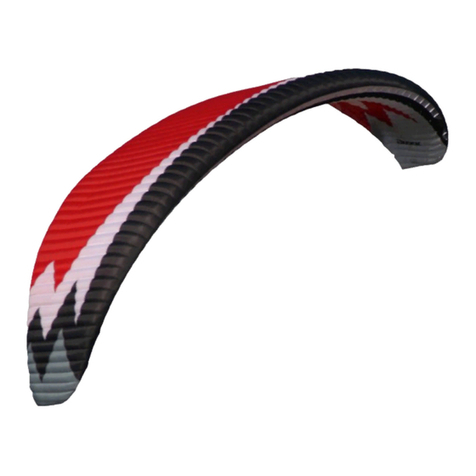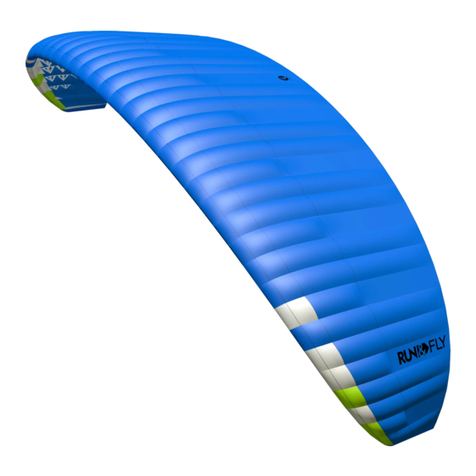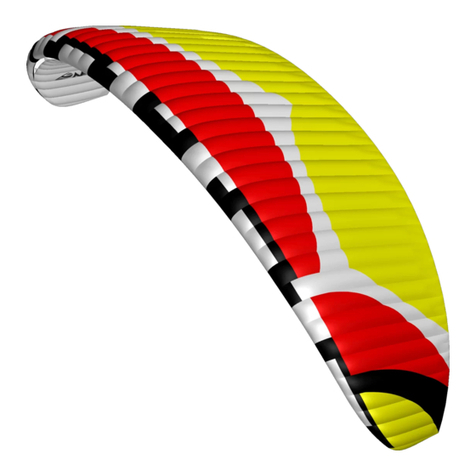
For whom the Universal 1.1?
Universal is the first free flying (EN B) paraglider ever which can be
converted by its user into a full-blood paramotor canopy
(conforming to the DGAC standard).
Universal us the first paraglider ever to smoothly and efficiently
merge two aspects:
- nicely hadling free-flying paraglider (with EN/B certificate),
- full-blood paramotor canopy (conforming to DGAC standard).
Universal is dedicated for beginner and recreational pilots who fly:
- exclusively free (but want to benefit from moderate reflex ability)
- mostly free, sometimes with paramotor
- both free and paramotor
- mostly with paramotor, sometimes free
- exclusively paramotor (but appreciate better economy, easier
launch and nicer handling than in standard paramotor wing.
Universal is a great free-flying recreational paraglide. Beginning
pilots will surely appreciate exceptional comfort in uneasy thermals,
resulting from considerable amount of reflex traits present in the
design.
On activating the trimmers, Universal 1.1 becomes a full reflex
paramotor wing, good for both leisure and cruise flying,
thermalling, last but not least for initial paramotor training.
Universal 1.1 is refreshed version of its predecessor with upgraded
risers and new colour design in four elements schemes. Dominico
cloth is replaced by Porcher, colours of the lines are changed too
(according to PMA standards). We have modernized risers
equipment, make it more simple and comfortable. Basic
parametres of the wing are the same.
As is the case of all our paragliders, the design draws on our long-
time experience, simultaneously incorporating state-of-the-art
technologies. The Universal is certified EN-B and LTF-B, and is in
last stages of receiving paramotor (DGAC) certificates.
on the wing
4
